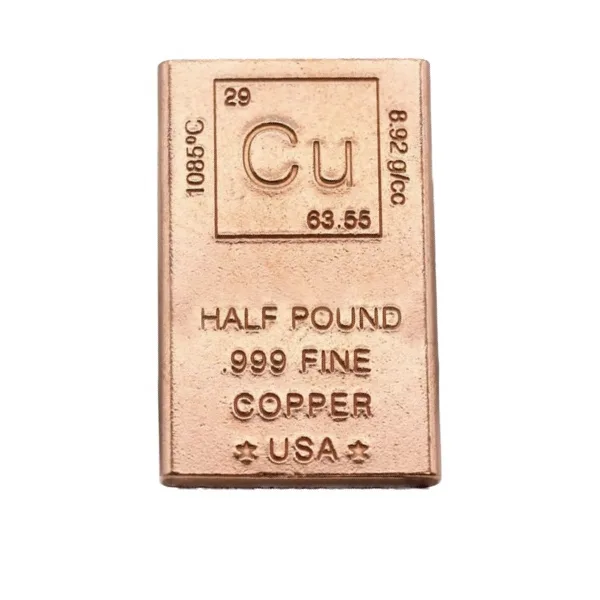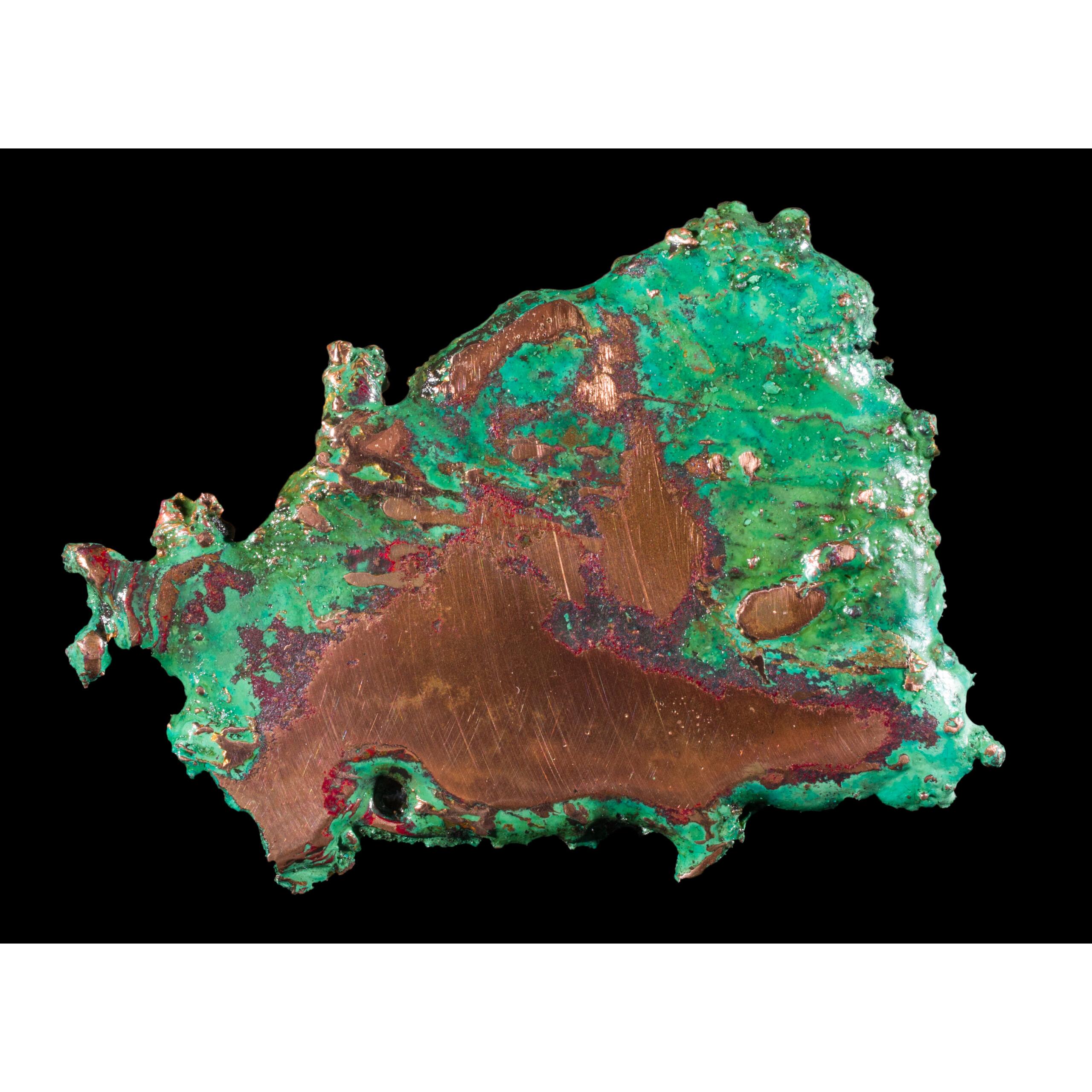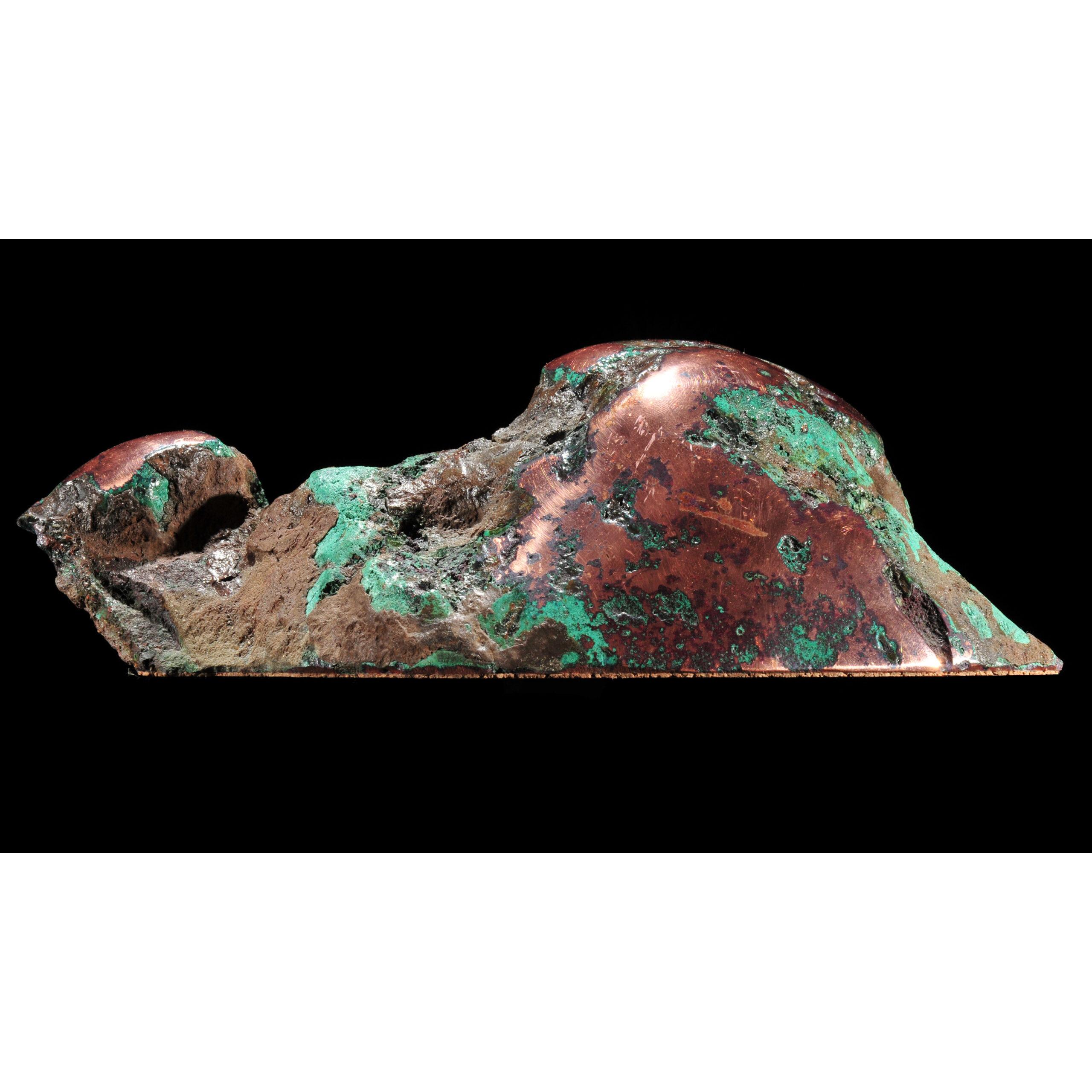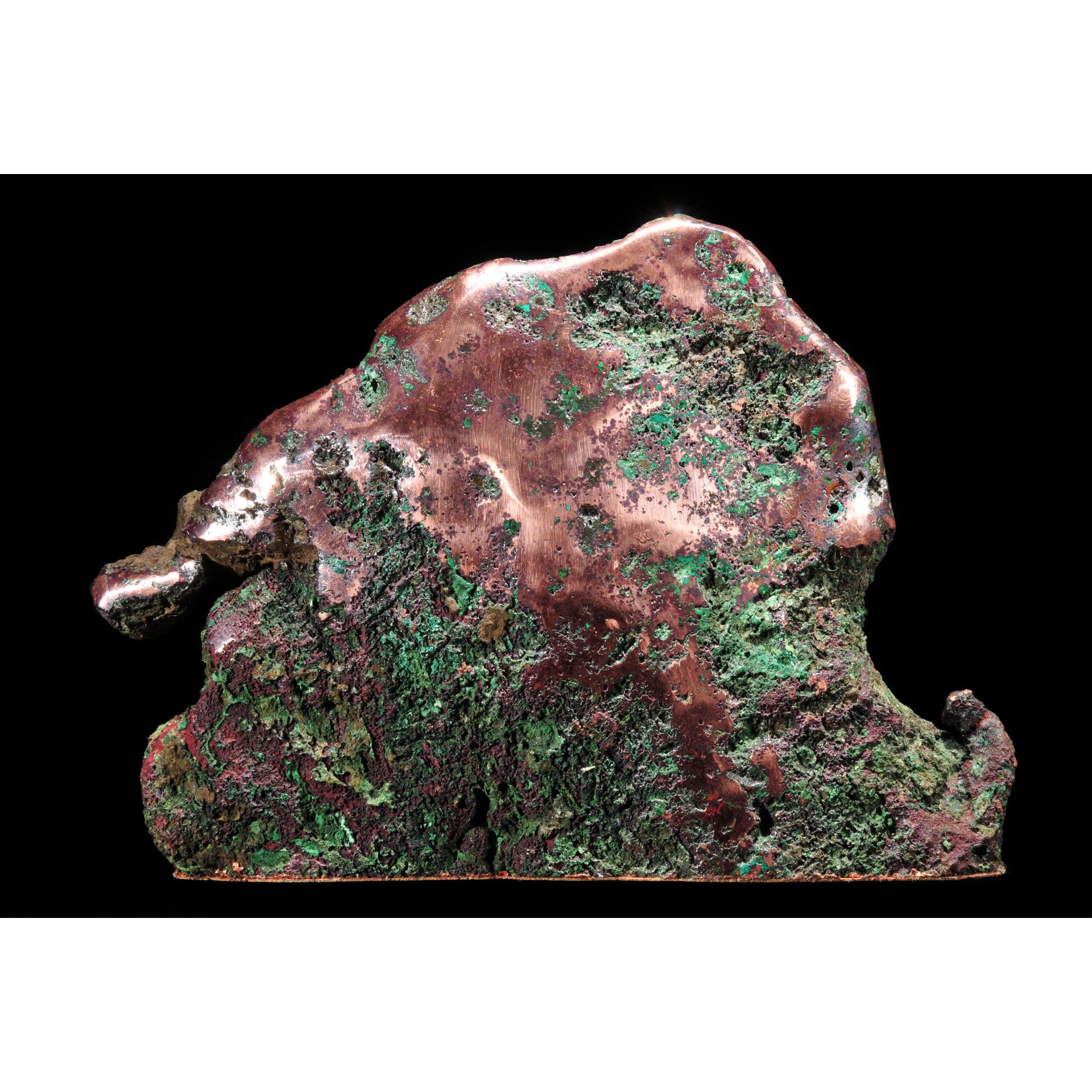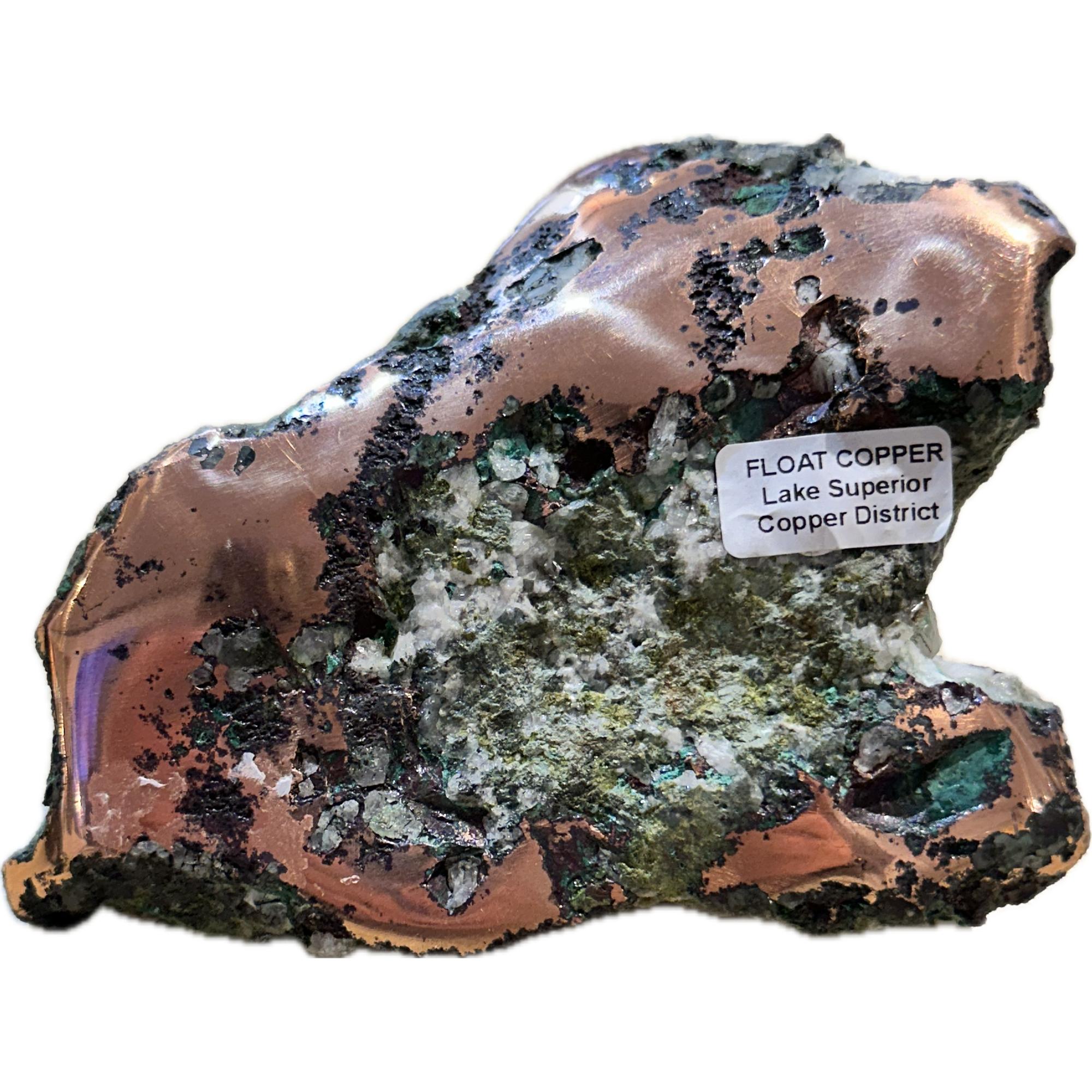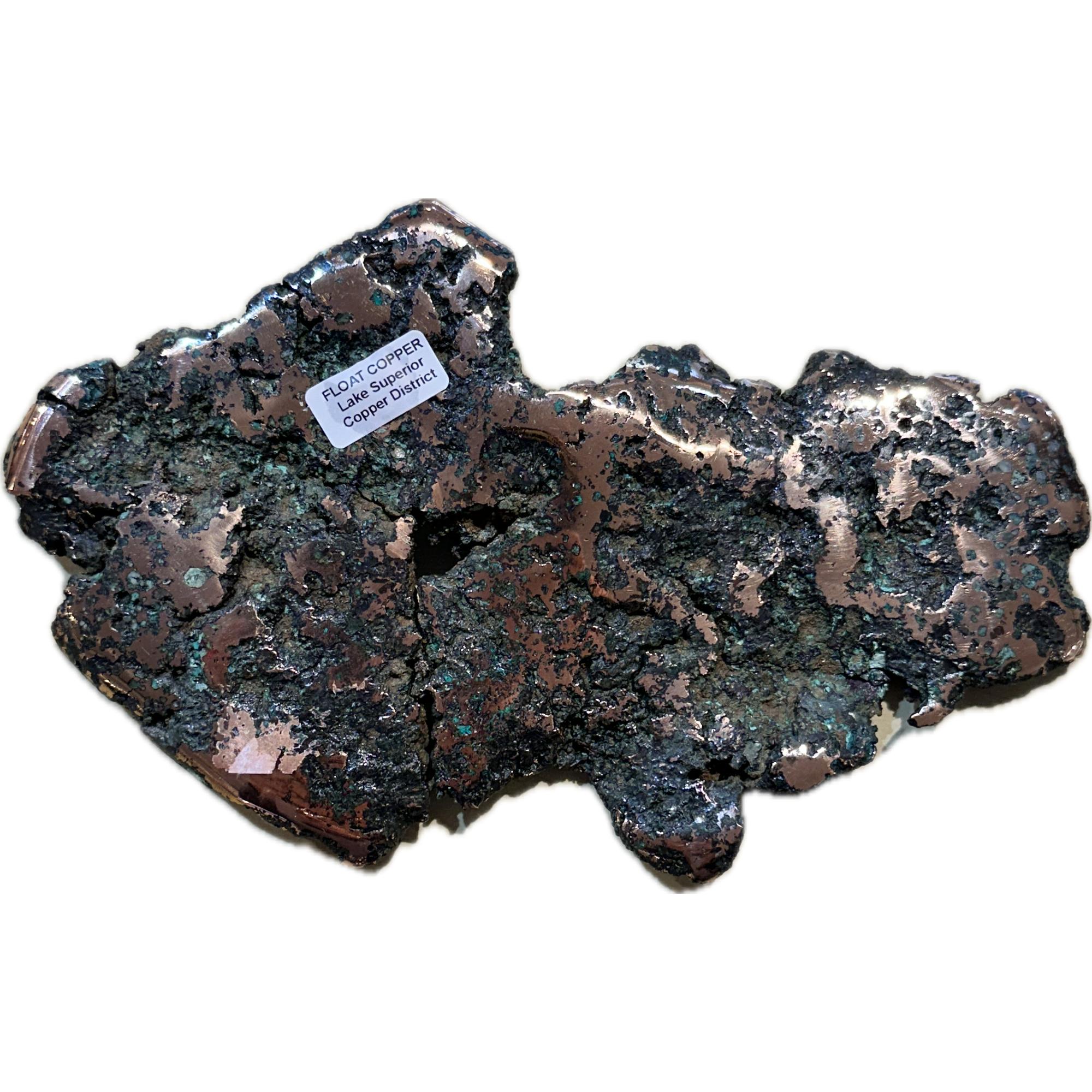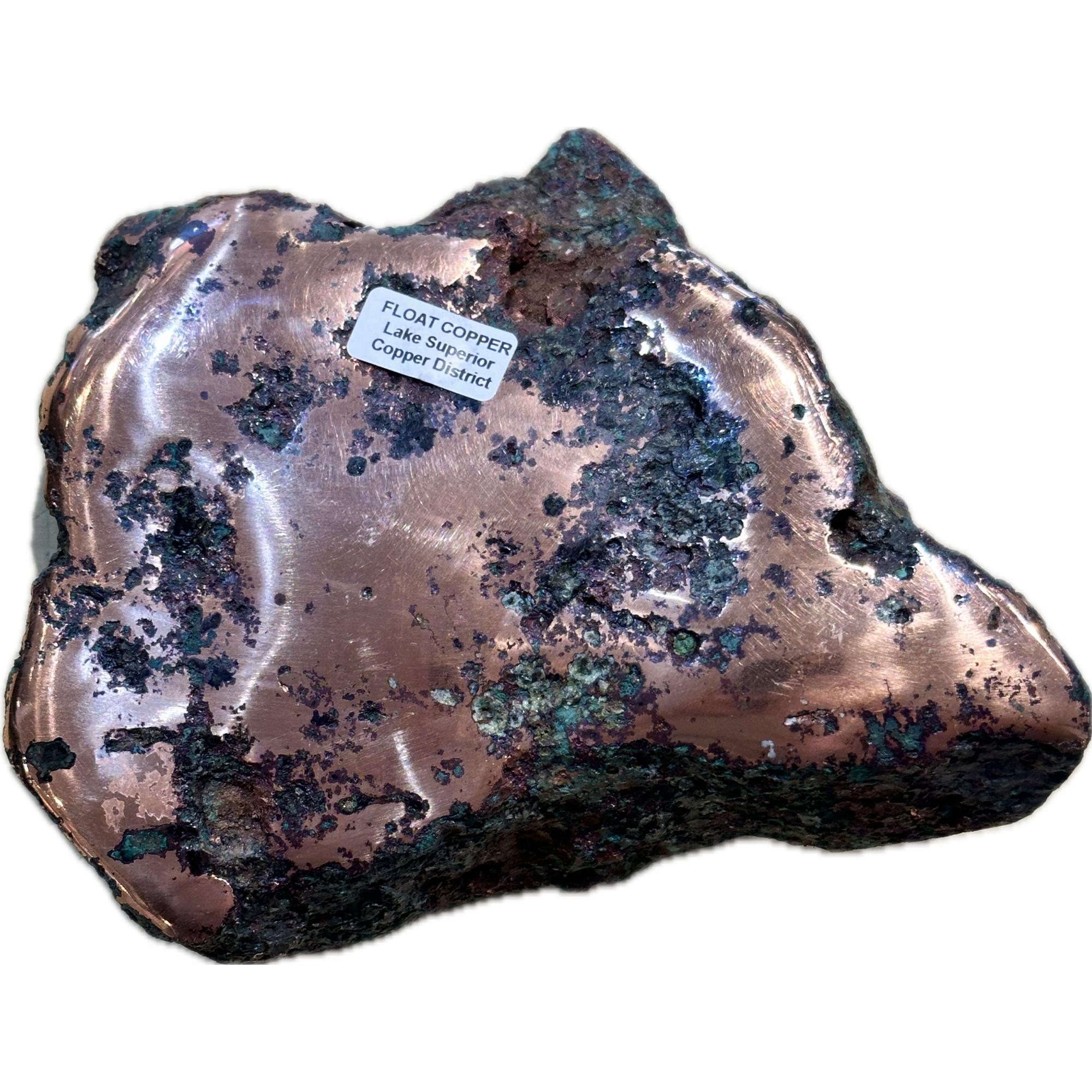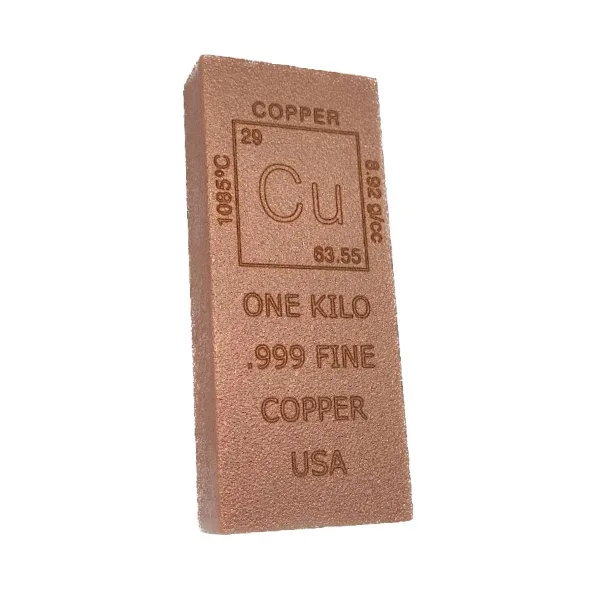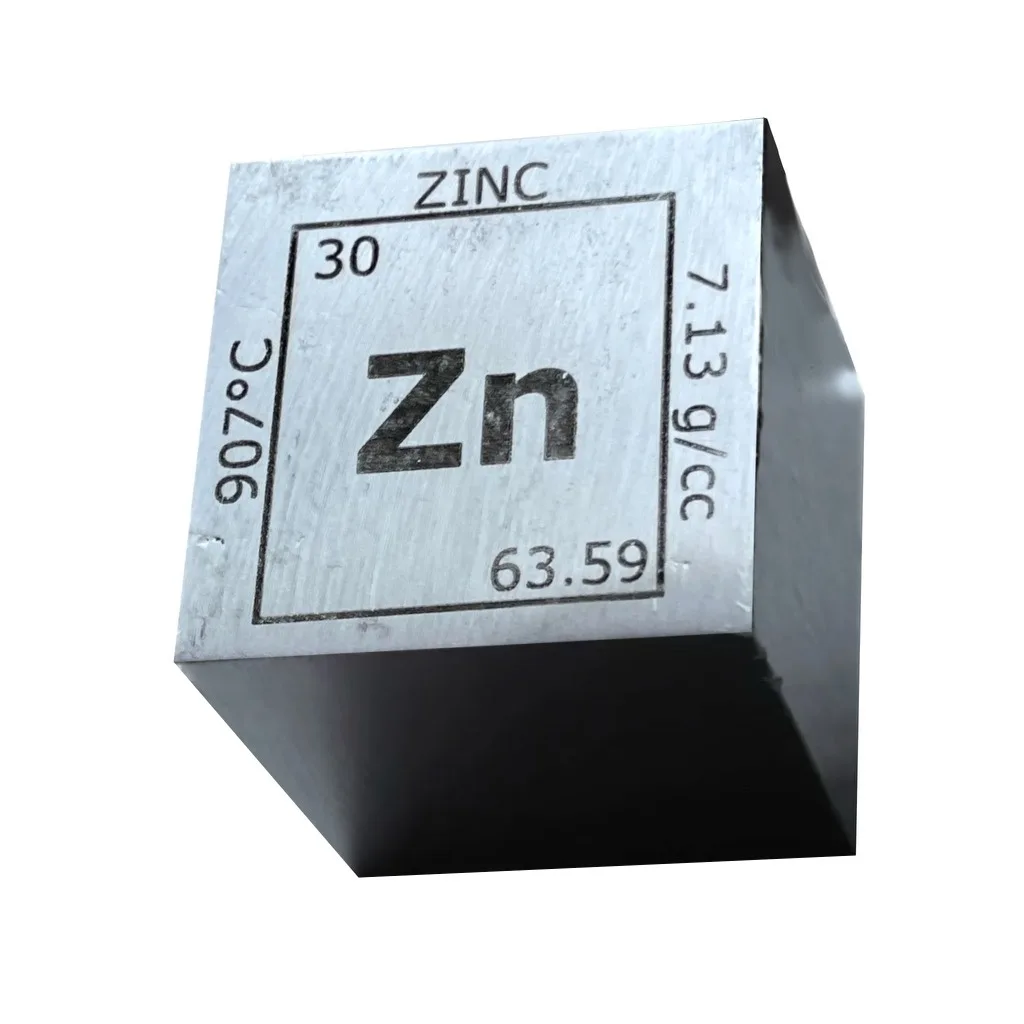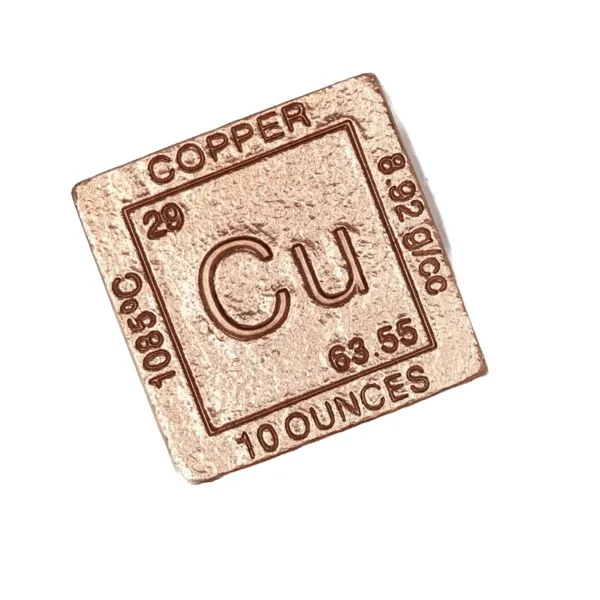Huge copper bar, 1/2 pound of .999 pure copper from Michigan.
This beautiful minted copper coin comes complete in a plastic protective sleeve.
Copper, one of the most vital metals in human history, has played a crucial role in shaping civilizations, economies, and industries for millennia. Its versatility, conductivity, and aesthetic appeal have made it a prized material for a wide array of applications, from ancient tools and artifacts to modern technology and infrastructure. In this comprehensive exploration, we will delve into the fascinating world of copper, examining its properties, historical significance, extraction methods, global distribution, environmental impact, and contemporary uses.
Copper boasts several remarkable properties that contribute to its widespread use. Its malleability allows it to be easily shaped and formed into intricate designs, while its corrosion resistance ensures longevity in diverse environments. Additionally, copper exhibits antimicrobial properties, making it suitable for applications in healthcare settings, such as antimicrobial surfaces and medical equipment.
Historical Significance:
The history of copper spans thousands of years, dating back to ancient civilizations such as the Mesopotamians, Egyptians, and Indus Valley inhabitants. These early societies recognized the value of copper and utilized it for tools, weapons, and decorative objects. The Bronze Age, named after the alloy of copper and tin, marked a significant milestone in human development, enabling advancements in metallurgy, trade, and warfare.
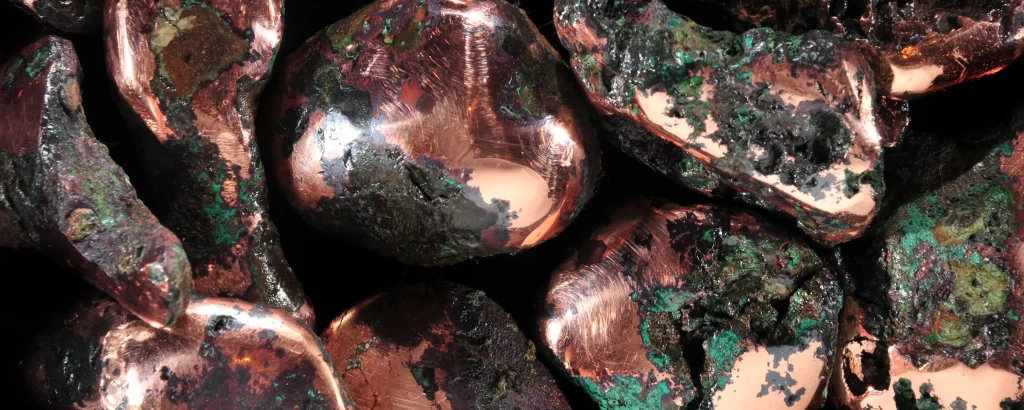
Extraction Methods:
Copper is primarily extracted from sulfide ores through a process called smelting. In this process, crushed ore is heated with carbon, causing the copper sulfide to undergo a series of chemical reactions, resulting in the separation of copper from other elements. Another method, known as leaching, involves the use of chemical solutions to extract copper from oxide and low-grade sulfide ores. Innovations in mining technology and environmental regulations have led to more efficient and sustainable extraction practices in recent years.
Copper deposits are found in various geological formations worldwide, with significant concentrations in regions such as Chile, Peru, China, and the United States. Michigan, known for its rich copper deposits, played a pivotal role in the 19th-century copper mining boom in the United States. The Keweenaw Peninsula, located in Michigan’s Upper Peninsula, was once home to the world’s largest copper mine, producing vast quantities of the metal during the late 1800s.
Environmental Impact:
While copper is a vital resource for many industries, its extraction and processing can have significant environmental consequences. Mining operations can disrupt ecosystems, degrade water quality, and contribute to soil erosion and habitat destruction. Additionally, the smelting process releases sulfur dioxide and other pollutants into the atmosphere, leading to air pollution and acid rain. Efforts to mitigate these impacts include implementing stringent regulations, adopting cleaner technologies, and promoting recycling and resource conservation.
Future Outlook:
In the modern era, copper continues to be indispensable in numerous applications across various sectors. In the construction industry, copper is prized for its durability and aesthetic appeal, used in roofing, plumbing, and architectural accents. In electronics and telecommunications, copper is the preferred choice for wiring and circuitry due to its excellent conductivity and reliability. The automotive industry relies on copper for components such as radiators, brake lines, and electrical connectors, benefiting from its thermal conductivity and corrosion resistance. Moreover, renewable energy technologies, such as solar panels and wind turbines, depend on copper for efficient energy transmission and distribution.
As global demand for copper continues to rise, driven by urbanization, technological advancements, and the transition to renewable energy, the future of this vital metal appears promising yet challenging. Sustaining the supply of copper will require innovation in exploration, extraction, and recycling technologies, as well as addressing environmental and social concerns associated with mining operations. Additionally, diversifying sources of copper production and promoting responsible mining practices will be essential for meeting growing demand while minimizing environmental impact.
The future of copper will likely be shaped by emerging trends and innovations in technology, sustainability, and materials science. Advancements in mining technology, such as automation and digitalization, are improving the efficiency and safety of copper extraction. Additionally, the development of new copper alloys and composites is expanding the range of applications for copper in industries such as aerospace, automotive, and electronics. Sustainable practices, including increased recycling and use of renewable energy in production, will be crucial for meeting the growing demand for copper while minimizing environmental impact.
Recycling and Circular Economy:
One of the key strategies for reducing the environmental impact of copper production is recycling. Copper is highly recyclable, with an estimated 80% of all copper ever mined still in use today. Recycling copper not only conserves natural resources but also requires less energy compared to primary production. The circular economy model promotes the recycling and reuse of materials, including copper, to minimize waste and promote sustainable resource management. Initiatives to improve recycling rates and promote circularity are essential for reducing the environmental footprint of copper production.
Health Benefits and Applications:
Beyond its industrial and technological applications, copper also offers health benefits. Copper is an essential trace element that plays a crucial role in various physiological processes in the human body. It is involved in the formation of red blood cells, maintenance of nerve cells, and function of the immune system. Copper is also known for its antimicrobial properties, which have led to its use in healthcare settings to reduce the spread of infections. Copper-infused fabrics and surfaces are increasingly used in hospitals, public spaces, and consumer products to help combat pathogens.
Cultural and Artistic Significance:
Copper has long been revered for its aesthetic appeal and has been used in art, architecture, and decorative objects throughout history. The metal’s warm tones and malleability make it a favored medium for artists and artisans. Ancient civilizations crafted elaborate copper artifacts, sculptures, and jewelry, showcasing the metal’s beauty and versatility. In modern times, copper continues to be valued in the arts, with contemporary artists exploring innovative ways to incorporate copper into their creations.
Prehistoric 101 (Learn about fossils, minerals, and meteorites)
Learn: Copper

